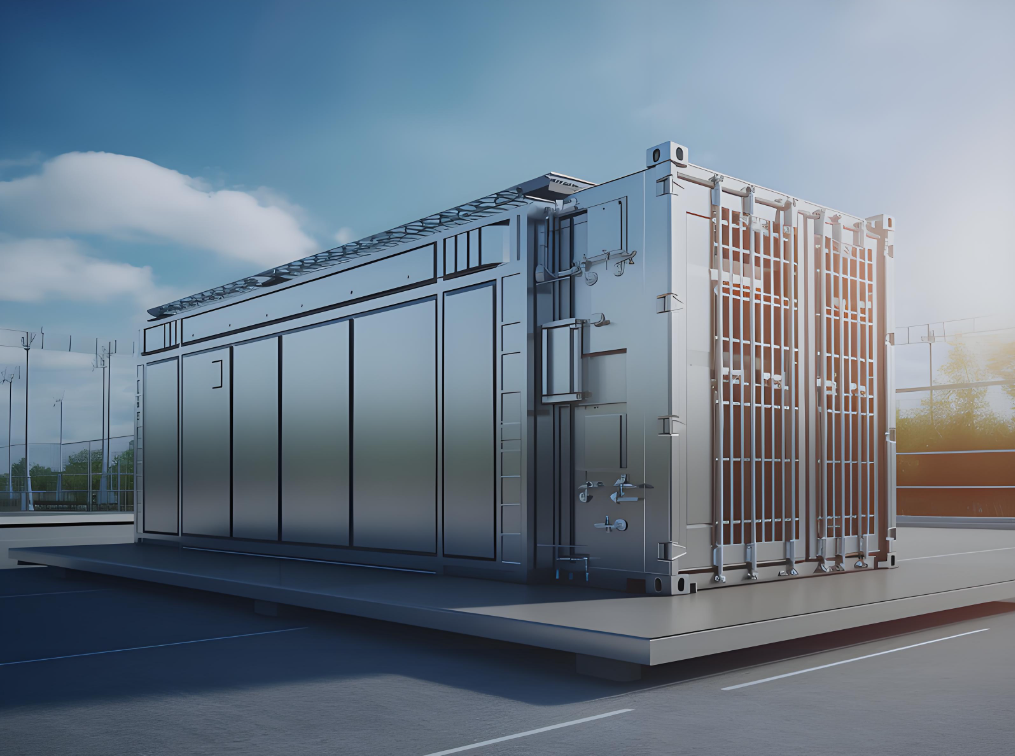Energy Storage Battery Prices Across Key Applications: Trends, Drivers, and Future Outlook
The global energy storage market is undergoing a seismic shift, driven by plummeting battery prices and accelerating renewable energy adoption. Lithium-ion batteries, the dominant technology, have seen costs fall by over 89% since 2010, from $1,100/kWh to around $139/kWh in 2023 (BloombergNEF). However, prices vary significantly across applications due to scale, technology, and regional policies. This article analyzes energy storage battery pricing in residential, commercial, utility-scale, off-grid, and EV applications, while exploring the economic and technological forces shaping the market.
1. Residential Energy Storage Systems (RESS)
Price Range: $400–$1,200/kWh (installed)
Key Drivers:
- Battery Chemistry: LFP (lithium iron phosphate) dominates due to safety and longevity (6,000+ cycles), costing 10–15% less than NMC in small-scale systems.
- System Integration: All-in-one units (e.g., Tesla Powerwall) add $200–$400/kWh for inverters, thermal management, and software.
- Regional Incentives:
- U.S.: Federal ITC tax credit reduces costs by 30%.
- Germany: VAT exemption cuts prices by 19%.
- Australia: Rebates of up to AUD 3,000 per system.
Case Study: A 10 kWh residential system in California costs $12,000–$15,000 post-ITC, achieving a 7–10-year payback period with time-of-use arbitrage.

2. Commercial & Industrial (C&I) Storage
Price Range: $350–$800/kWh
Cost Breakdown:
- Battery Packs: $120–$200/kWh for LFP cells.
- Balance of Plant (BOP): 30–40% of total cost (racks, HVAC, fire suppression).
- Software: Advanced EMS adds $10–$30/kWh but boosts ROI via demand charge management.
Applications:
- Peak Shaving: A 500 kWh system can save $50,000/year in demand charges for a factory.
- Microgrids: Hybrid systems with solar + storage achieve LCOE of $0.08–$0.12/kWh, undercutting diesel generators ($0.25–$0.30/kWh).
Regional Variations:
- China: CATL’s LFP systems at $105/kWh (cell-level) dominate the market.
- EU: Prices 15–20% higher due to strict safety certifications (e.g., UL 9540).
3. Utility-Scale Battery Storage
Price Range: $130–$350/kWh (DC-coupled systems)
Economies of Scale:
- Projects exceeding 100 MW benefit from 18–22% cost reductions versus smaller installations.
- Tesla Megapack all-in costs: $250–$300/kWh (4-hour duration).
Technology Trends:
- Long-Duration Storage: Flow batteries (vanadium, zinc-bromine) target $150/kWh for 10+ hours by 2030.
- Second-Life EV Batteries: Repurposed packs cost 30–50% less but face challenges in performance consistency.
Market Spotlight:
- Texas (ERCOT): 9.6 GW of grid batteries operational by 2024, with LCOE of $110–$130/MWh.
- China: State Grid’s 200 MW/800 MWh project in Qinghai uses CATL batteries at a record-low $98/kWh.
4. Off-Grid & Remote Applications
Price Range: $500–$1,500/kWh (depending on ruggedization)
Key Considerations:
- Cycle Life: Systems in harsh environments (e.g., mining sites) require ultra-robust batteries, increasing costs by 25–40%.
- Transportation: Logistics account for up to 15% of costs in areas like Alaska or sub-Saharan Africa.
Case Examples:
- Island Microgrids: Solar + storage systems in the Maldives achieve $0.22/kWh vs. $0.45/kWh for diesel.
- Telecom Towers: Reliance Jio (India) deploys 100,000 LFP units, cutting diesel use by 80% with a 5-year ROI.
5. Electric Vehicles (EVs) and Mobile Storage
Price Trends:
- EV Packs: Average $138/kWh in 2023 (CATL, BYD), down from $684/kWh in 2013.
- E-Buses: LFP batteries at $90–$120/kWh dominate China’s 600,000-unit fleet.
Cost Drivers:
- Cathode Materials: Nickel prices surged 60% in 2022, raising NMC costs, while LFP gained market share (now 60% in China).
- Cell-to-Pack (CTP) Tech: BYD’s Blade Battery reduces pack costs by 30% by eliminating modules.
6. Emerging Technologies & Future Price Projections
Next-Gen Batteries:
- Solid-State: Toyota aims for $90/kWh by 2030, targeting 1,000+ Wh/L density.
- Sodium-Ion: CATL’s Qilin battery promises $70/kWh for stationary storage by 2025.
Price Forecasts:
- Lithium-Ion: Expected to hit $80/kWh by 2030 (BNEF), driven by recycling and manufacturing innovations.
- Policy Impacts: U.S. Inflation Reduction Act (IRA) subsidies could reduce domestic battery costs by 40% through localized production.
Conclusion
Energy storage battery prices are no longer a one-size-fits-all metric. From $1,500/kWh niche off-grid systems to sub-$100/kWh utility behemoths, application-specific demands and innovations continue to reshape the landscape. As gigafactories scale, recycling matures, and new chemistries commercialize, the global storage market is poised to exceed $500 billion by 2030—a revolution powered by ever-cheaper, smarter batteries.



